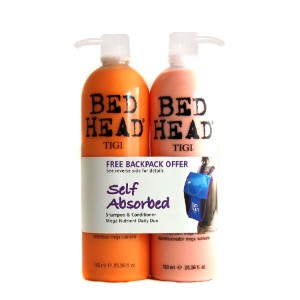
Celebrities such as Beyonce used the lemon diet to lose 20-10 kilos in 2 weeks and Naomi Campbell? She simply swears by it. Today we're talking about what this celebrity lemon diet is, and how it helps or does not help permanent and healthy weight loss. Will the lemon diet really help you shed those extra kilos? Or will it just set you up for long term weight management issues? Let's find out.
What is the celebrity lemon diet? The celebrity lemon diet is also called the ‘master cleanse’ diet in which one has to observe a 10 day long fast that supposedly flushes out toxins from one’s body. While on this diet, you consume around 6 to 12 glasses of lemon juice mixed with sea salt. The mixture essentially involves maple syrup, filtered water, pepper and lime juice. You are forbidden from eating solid foods. The diet is pretty tough and it is said that eating crushed ice helps. One is advised not to exercise or do any kind of activity in which the person is most likely to get tired.
What is the celebrity lemon diet? The celebrity lemon diet is also called the ‘master cleanse’ diet in which one has to observe a 10 day long fast that supposedly flushes out toxins from one’s body. While on this diet, you consume around 6 to 12 glasses of lemon juice mixed with sea salt. The mixture essentially involves maple syrup, filtered water, pepper and lime juice. You are forbidden from eating solid foods. The diet is pretty tough and it is said that eating crushed ice helps. One is advised not to exercise or do any kind of activity in which the person is most likely to get tired.
Is the ‘master cleanse’ lemon diet any good? Well.. People who have observed the diet tend to swear by it as it leads to instant weight loss, fewer cravings of junk food and skin glow (although we seriously doubt this skin glow). The diet comes with side effects too. One may experience recurring headaches as the extreme fasting takes a toll on the body. And in order to maintain the lost weight, one has to continue measuring their calorie intake closely. Regular exercise becomes a must in order to maintain the lost water weight. Also, one needs to check their salt intake as high levels of sodium, if consumed after following this diet, can lead to instant weight gain.
Many experts believe that this diet does not work as a complete solution to weight loss. Though the Vitamin C found in lemon helps in amplifying fat oxidation, which leads to sudden weight loss, the diet is devoid of the right balance of nutrients such as carbohydrates and proteins. This diet can be best compartmentalized as a model diet and works best for people who need to look thin fast.
The lemon diet in no way promotes a healthy lifestyle and is a happy part of fad diets which may or may not work. Though, including a bit of lime juice in your everyday diet ensures a good supply of much needed Vitamin C, it is simply not the best solution for your weight loss.








